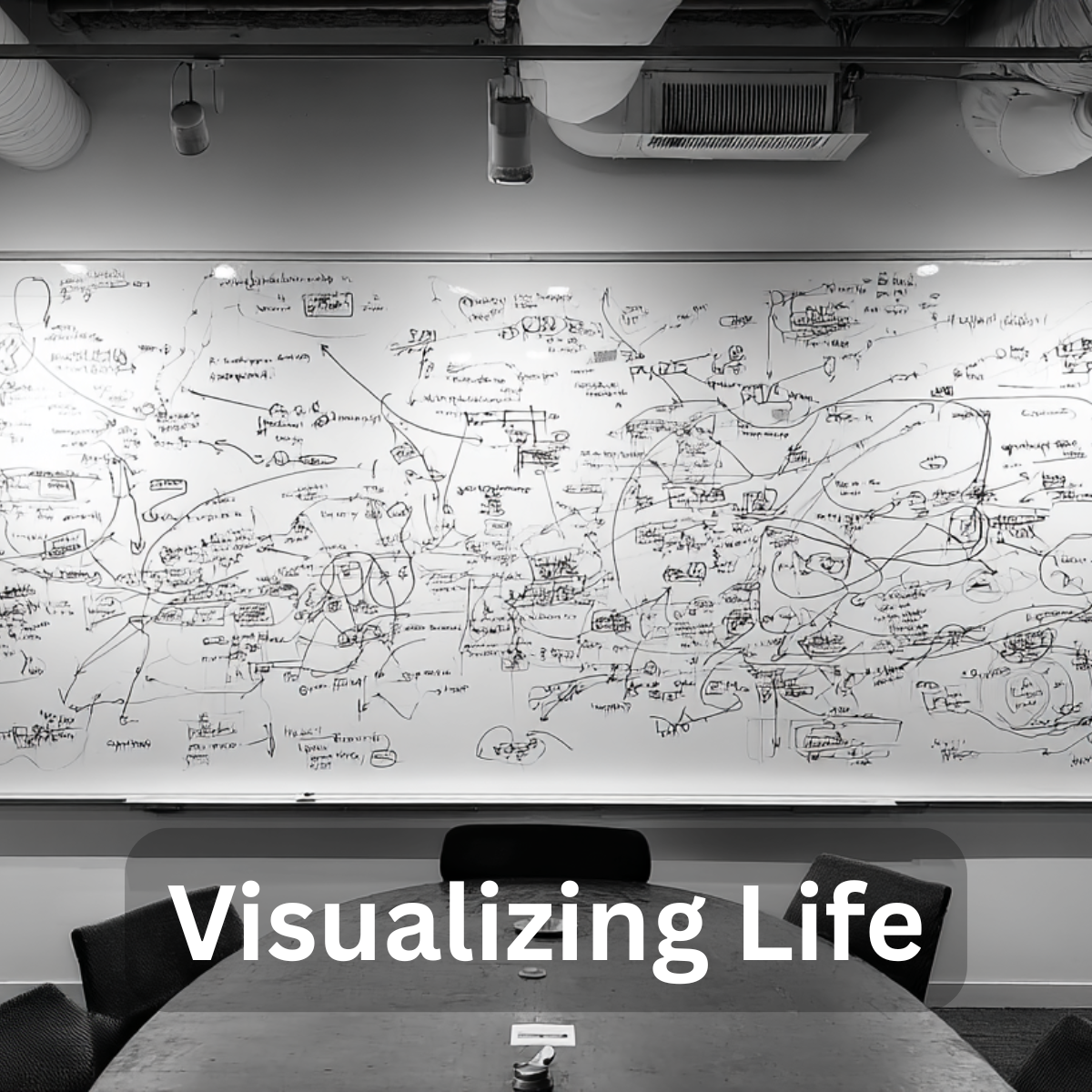The title of this message comes from the work of Stuart Kauffman. I have his book, Investigations, in my library. In this work, he explores the idea that life does not leap into radically new forms, but instead unfolds by recombining what’s currently available into next-step possibilities. In essence, the adjacent possible becomes the next stage in development. He presents this as an explanation for the rapid biological transformations that occur in organic molecules, proposing that each new molecular formation creates a whole new set of possibilities.
Years later, the writer Steven Johnson would take this idea and apply it to entrepreneurship, innovation, and creativity. His book, Where Good Ideas Come From, adapts the adjacent possible concept to explain how great ideas actually form.
Effectively, this concept leads to the belief that innovation does not emerge in giant leaps, but by exploring the next possible step from where you are. The brilliant idea isn’t born from a single session or some marvelous back-of-the-napkin epiphany at a roadside diner, it’s the next adjacent possibility along your journey.
In my personal philosophy, I’ve taken this to mean that in order to have a successful idea, you have to get on the path first. That has led me to a personal mantra that I repeat frequently:
“Success is what you accidentally bump into on the path.”
The core premise here is that it’s less important what you start with—and far more important that you start, learn, and adapt.
To illustrate this, let’s look at the origin of one of the greatest companies of the modern era: Microsoft.
I had the privilege of teaching Introduction to Computer Science at a college for 20 years. What fascinated me during that time was that many of the greatest inventions in computing were happening as I was teaching the course. From 1997 to 2017, the early days of computer science exploded into something far beyond what we could’ve predicted.
The adjacent possible was evident everywhere. Each new door that opened led to 50 more.
One of the lectures I gave explored the origins of the largest tech firms of the era. I called it “The Revenge of the Nerds”, named after the documentary. Most people don’t know or remember the first company that Bill Gates and Paul Allen created before Microsoft. These two young students from the Lakeside High School computer club just wanted to find a way to make money with computers. Computers were cool, and they were hooked.
Gates, two years younger than Allen, came across a business problem in 1972 related to the Washington State Department of Highways. You’ve probably seen those black rubber hoses laid across the street to count traffic, right? Back then, those hoses triggered recordings on paper tape that represented data as 16-bit values. Local contractors were hired to read, analyze, and summarize the data, a slow and tedious process.
Gates and Allen saw an opportunity. They formed a company called Traf-O-Data to automate the tabulation process using computers. (You can almost see the early seeds of the name “Microsoft” in there—Micro + Soft—microcomputing applied to software problems.)
They eventually secured a contract, but not before hiring a team of kids to enter the data manually, because they initially didn’t have the tech to read the tapes. Their first live demo for the state failed, ironically foreshadowing Gates’s later live demo failure on stage with Windows. Still, they earned about $20,000 for that first project.
Eventually, they realized they needed to build a computer to do the tape reading and analysis automatically. They found a design in the back of a magazine for the recently released Intel 8008 and hired someone to build it. They then had to write an interpreter to control the 8-bit machine, spending most of their time writing the software to make it all work.
And that’s where Microsoft ultimately came from.
It wasn’t some grand, world-changing idea to write software for the Intel architecture. It was simply the next adjacent possibility, they needed software to solve a problem, and once the traffic analysis business stalled, they saw that writing software was the next most likely opportunity.
This story shows that innovation emerges not by giant leaps, but by exploring the next possible step. So the best thing you can do? Get started. Get on the path. New doors will appear as you go.
Many years ago, while still teaching, I read an article in Inc. Magazine titled “How Great Entrepreneurs Think.” This introduced me to Saras Sarasvathy, a professor at the University of Virginia, who developed a concept called Effectuation Theory.
The core of her theory is this:
Entrepreneurs don’t start with a grand vision. They start with what they have, who they are, and who they know. Then, through action and iteration, they co-create opportunities.
In the Traf-O-Data story, Gates and Allen didn’t wait for a perfect idea. They used the skills and resources they had and took action.
Effectuation Theory remains the best model I’ve found to explain the modern entrepreneurial mindset, especially in software. You start with something—anything—and learn your way into success.
So, if you want to come up with a world-changing idea?
Start. Get on the path.
As you move, new possibilities will unfold.
Your success lies somewhere ahead as the next adjacent possibility.
The only thing stopping you from finding that door… is not opening more doors.




